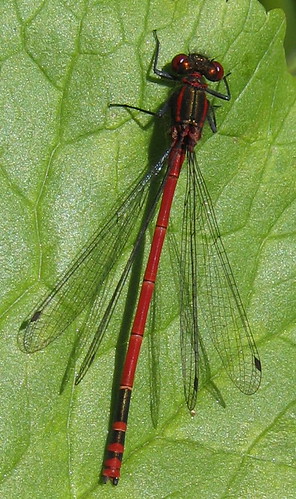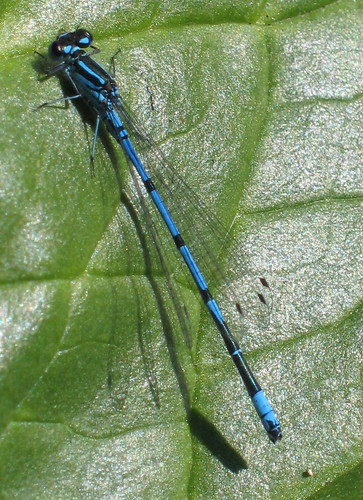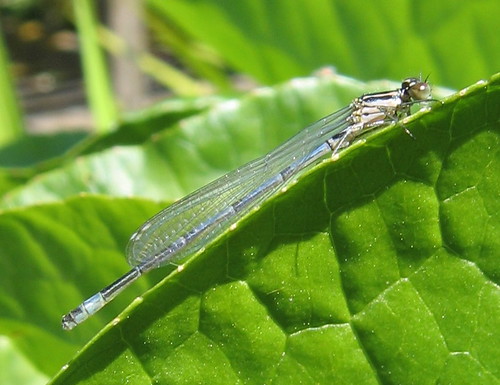How did we ever get along without the internet to help us scratch those little itches of curiosity? Admittedly, most of them seem to be along the lines of “What have I seen that bloke in before? Oh, I see, he was in [embarrassingly awful sitcom I couldn’t possibly admit to watching]”, but still.
Anyway, in the woods the other day I saw a curious-looking insect, and I just got round to looking it up. Starting by googling ‘day-flying moths uk’ and going from there I came up with Adela reaumurella:

(photo from the fabulous UKMoths website and © Charles Baker)
Like a lot of insects, no-one has bothered to give it an English name, but apparently there are a couple of families of moths with these characteristic antennae, and they’re generally referred to as ‘longhorn moths’. You can see the peculiar antennae above, but the picture doesn’t give the full effect, because when I saw them they were flying all around each other in a little swarm in the sun above a hornbeam, holding their antennae up in a V shape for maximum visibility.
I’m guessing the lady moths like a male with a long horn; that it was, in fact, a moth lek. A lek is where lots of males congregate to compete for female attention, either directly (i.e. by fighting for the best spot), or indirectly (displaying their plumage) or some combination. Insert your own Essex nightclub joke here.
It’s not quite as exciting as having lekking Black Grouse, Ruff, or even hermits (check out the video!), but I was pleased.
One example of lekking behaviour is actually very familiar, although people don’t generally realise what’s happening. On a summer evening, you’ll frequently encounter a swarm of midges flying round and round above a prominent object like a bush. If you walk past them, they often follow you and swarm above your head instead. They are in fact lekking. The males find a convenient landmark and form a swarm, waiting for the females to find them. I assume that in some situations it’s just more efficient to attract the females to one place and then compete directly with other males than it is to expend the energy finding the females individually. I have no idea how the female midges decide which males are the attractive ones.



